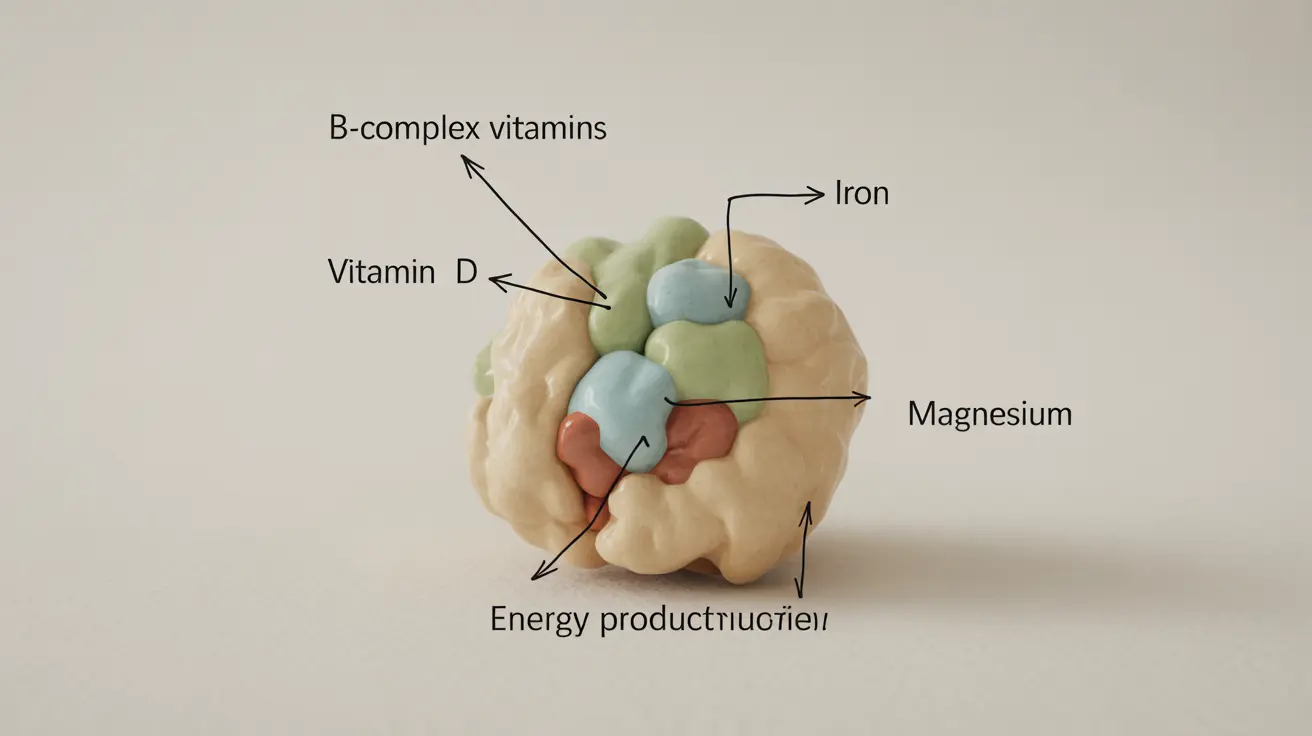Ear piercings have long been a popular form of personal expression, and the conch piercing has emerged as a particularly distinctive and eye-catching option. This unique type of ear piercing involves creating a hole through the cartilage of the inner ear, offering a bold and stylish alternative to traditional lobe piercings. Whether you're considering this trendy modification or simply curious about the process, understanding the details of a conch piercing is crucial for making an informed decision.
From the intricate placement to the specific aftercare requirements, a conch piercing is more complex than a standard ear piercing. This comprehensive guide will walk you through everything you need to know about this fascinating form of body art, including the procedure, healing process, potential risks, and essential care tips.
Understanding Conch Piercing Anatomy
The conch is the inner cup-like area of the ear, which can be divided into two primary regions: the inner and outer conch. Piercers have multiple placement options, allowing for a personalized approach to this unique modification. The inner conch piercing typically involves creating a hole through the center of the ear's cartilage, while the outer conch piercing is positioned on the flatter area of the ear's cartilage.
Types of Conch Piercings
- Inner Conch Piercing: Positioned in the deepest part of the ear's cartilage
- Outer Conch Piercing: Located on the flatter, more exposed cartilage area
- Larger Conch Piercings: Can accommodate bigger jewelry using a dermal punch technique
The Conch Piercing Procedure
Professional piercers approach conch piercings with meticulous care and precision. The process begins with a thorough cleaning of the ear area and careful marking to ensure optimal placement. Unlike softer earlobe piercings, conch piercings require navigating through thick cartilage, which demands specialized technique and expertise.
What to Expect During the Procedure
- Professional cleaning of the ear area
- Precise marking of the piercing location
- Use of a hollow needle or dermal punch to create the piercing
- Immediate insertion of chosen jewelry
- Final cleaning to minimize infection risk
Pain and Healing Considerations
Conch piercings are notably more painful than standard lobe piercings due to the dense cartilage structure. The healing process is considerably longer and more complex, typically ranging from 4 to 12 months. Patients should prepare for potential discomfort, including initial procedural pain and ongoing sensitivity during the healing period.
Healing Process Symptoms
- Mild to moderate pain
- Potential swelling
- Slight bleeding
- Temporary tenderness
- Occasional crusting around the piercing site
Comprehensive Aftercare Guidelines
Proper aftercare is absolutely critical for preventing infections and ensuring successful healing of a conch piercing. The cartilage's limited blood supply makes it more susceptible to complications, emphasizing the importance of meticulous care and hygiene.
Essential Aftercare Steps
- Clean the piercing regularly with sterile saline solution
- Use gentle, fragrance-free soap
- Wash hands thoroughly before touching the piercing
- Pat dry with clean, disposable paper towels
- Avoid submerging the piercing in water (pools, lakes, hot tubs)
- Refrain from applying cosmetics near the piercing site
Potential Risks and Complications
Like all body modifications, conch piercings carry potential risks. Approximately 35% of cartilage piercings may develop complications, making it crucial to recognize early warning signs and seek professional medical advice when necessary.
Warning Signs of Infection
- Persistent pain
- Excessive swelling
- Skin discoloration
- Green or yellow discharge
- Red streaks surrounding the piercing
- Fever or nausea
Choosing the Right Jewelry
Selecting appropriate jewelry is crucial for both aesthetic appeal and healing success. Materials matter significantly, especially for those with metal sensitivities.
Recommended Jewelry Materials
- Titanium
- Niobium
- 14K+ Gold (nickel-free)
- Platinum
- Certain lead-free glasses
Frequently Asked Questions
How long does it typically take for a conch piercing to heal, and what steps can I take to prevent complications?
A conch piercing typically takes 4 to 12 months to heal completely. To prevent complications, follow strict aftercare protocols, use high-quality jewelry, avoid touching the piercing with dirty hands, and maintain excellent personal hygiene.
What are the symptoms of an infection in a conch piercing, and when should I seek medical help?
Infection symptoms include persistent pain, excessive swelling, unusual discharge, red streaks, and fever. If you experience these symptoms, remove jewelry and consult a healthcare professional immediately.
Are conch piercings effective for treating migraines or anxiety, and what is the current scientific evidence on this?
Despite anecdotal claims, there is no scientific evidence supporting the use of conch piercings for treating migraines or anxiety. Any perceived benefits are purely subjective and not medically substantiated.
How should I properly care for my conch piercing to minimize the risk of infection or scarring?
Maintain rigorous hygiene by cleaning the piercing twice daily with saline solution, avoiding harsh chemicals, using clean towels, and refraining from changing jewelry until fully healed.
What types of jewelry are most suitable for conch piercings, especially for those with metal sensitivities?
For individuals with metal sensitivities, titanium, niobium, and certain high-karat gold jewelry are recommended. These materials are hypoallergenic and minimize the risk of adverse reactions.




